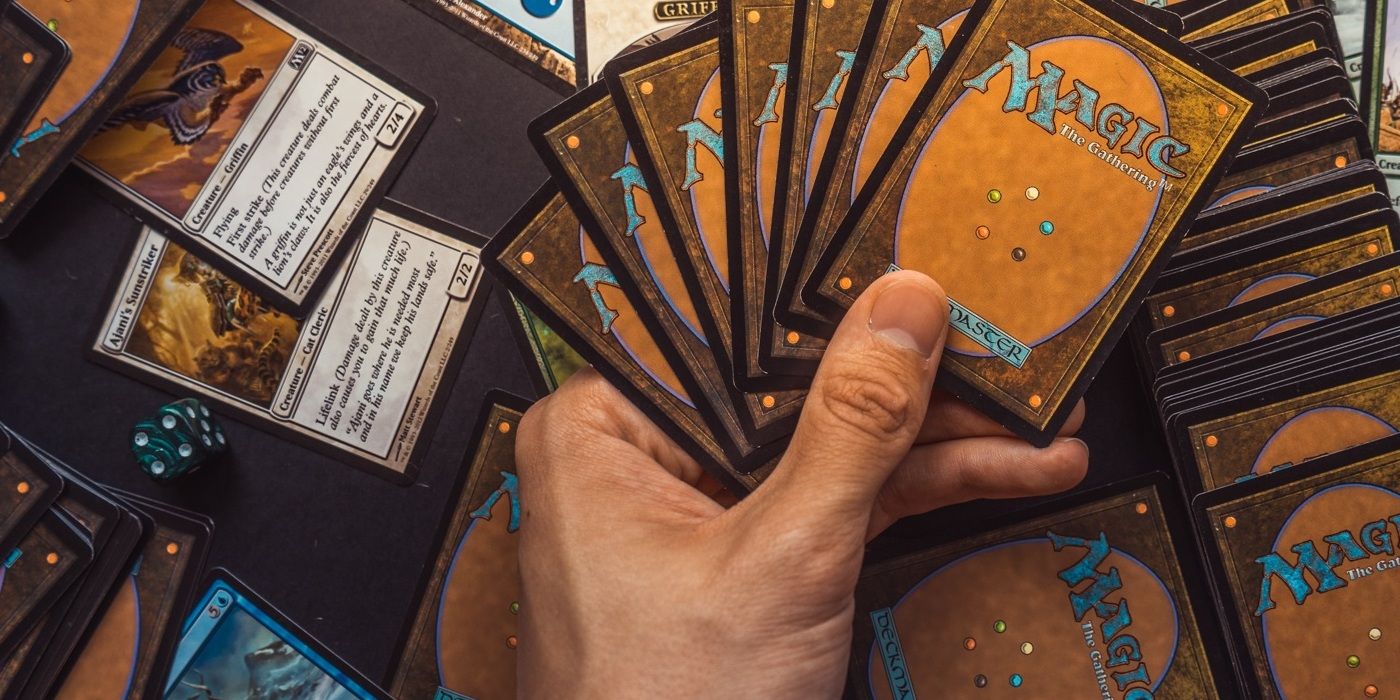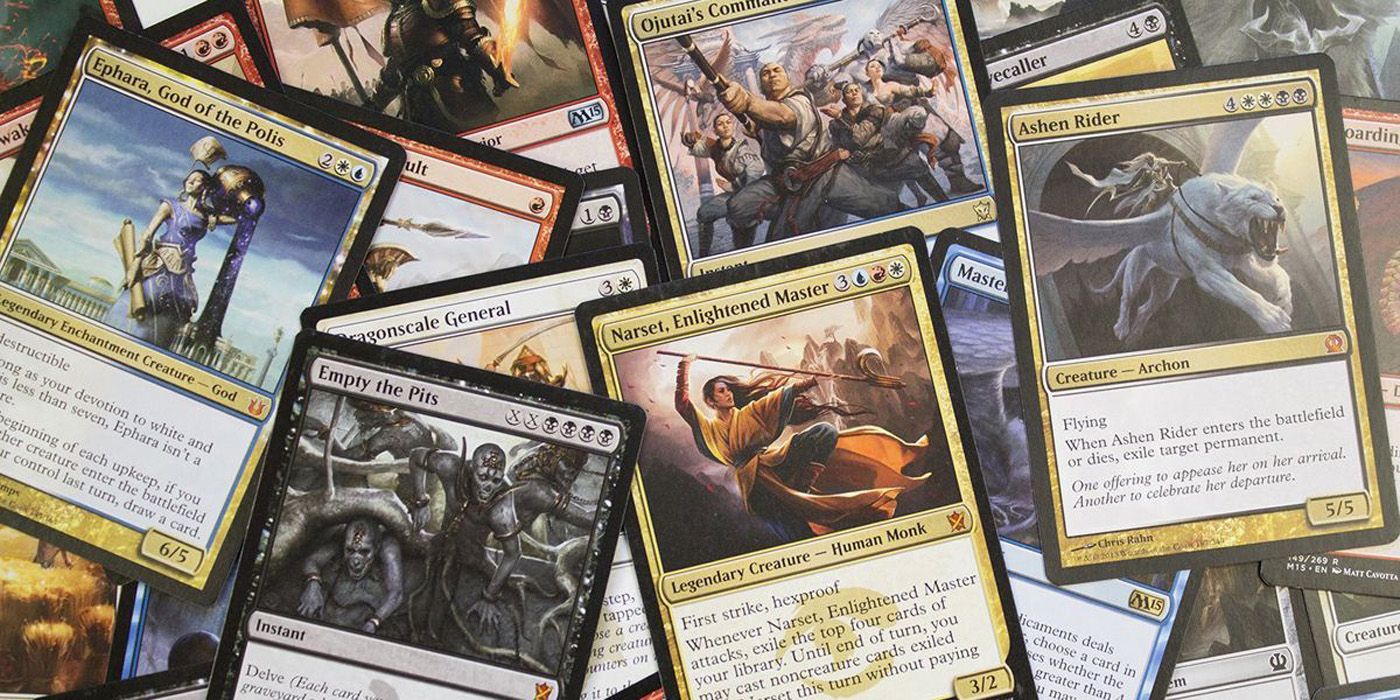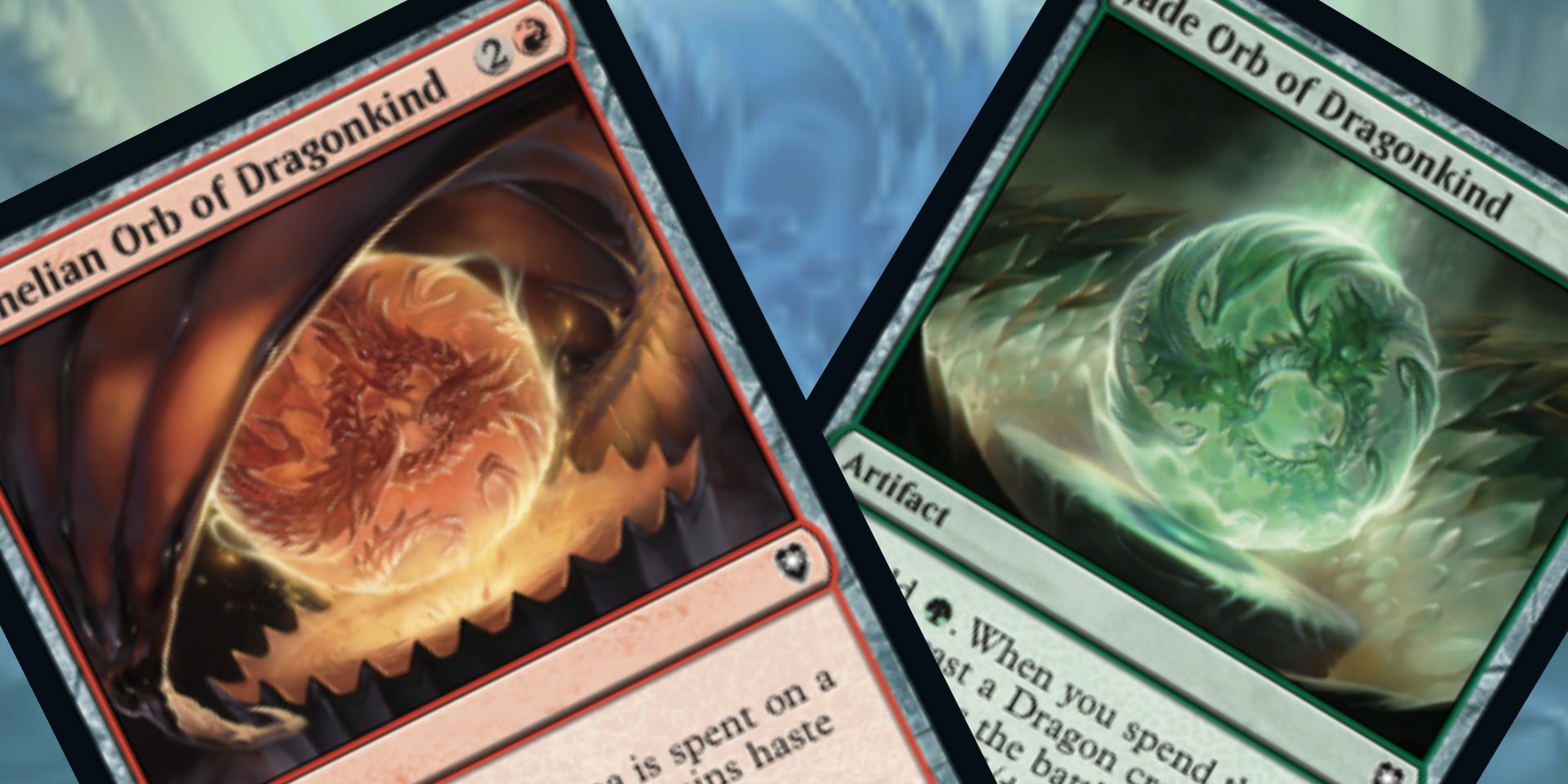Since its initial release in 1993, Magic: The Gathering has gone on to become the most popular trading card game in the world. With that success has come a desire by the game's owner, Wizards of the Coast, to produce more content for players to pick up every year, and it's reaching a point wherein many players aren't able to keep up anymore.
In the nearly 30 years since the game's release, over 20,000 unique MTG cards have been created, with billions being sold in 11 different languages across the world. The game boasts such a complicated rule system that it's been officially declared the "most complex game in the world," and every new set can bring players to any number of new, strange worlds. In just the latest three sets, players have gone from the neon-lit cyberpunk plane of Kamigawa to the 1920s-inspired, crime-ridden city of New Capenna to the classic Dungeons & Dragons world of Baldur's Gate. However, as WOTC releases more and more sets every year, the amount of new cards players need to keep up to date is starting to become daunting.
When Magic: The Gathering was released in 1993, four unique products were put on store shelves. The Alpha, Beta, and Unlimited sets contained largely the same cards (some of which are still the strongest in the game), while Arabian Nights was the first true expansion, featuring a number of new cards. In 2022, there have been thirteen non-digital products released so far, with eight more currently planned to premiere before 2023. Not only has the number of individual products gone up, but they contain higher numbers of unique, new cards that players will need to get ahold of to keep their decks up to date. With so many new products hitting the shelves of local game stores and Amazon shopping carts, many players are starting to run out of steam.
While any number of decisions can be looked to for the massive increase in releases, from skyrocketing popularity to the controversial Universes Beyond sets, which add other creative properties to Magic: The Gathering's ever-growing roster of cards, one specific product can be seen as the beginning of WOTC's current strategy. In the year 2007, the release of Dual Decks: Elves vs. Goblins marked the first in what would become a common MTG product: self-contained collections of specific cards that players could purchase outright, instead of needing to open packs and trade with others.
Following the sale of the Elves vs. Goblins decks came From the Vault: Dragons, a premium product that contained fifteen powerful and popular dragon cards from the game's history. 2009 saw Planechase, the first supplemental set that would not be added to the rotating standard format, but still, introduce new cards into the game. Each was quickly followed by additional products that would slowly start to give stores more stock on shelves and players more options when picking up new cards.
Dual Decks and From the Vault are no longer in production, but the success of both products has led WOTC to release pre-constructed decks for the Commander format and limited runs of premium cards called Secret Lairs. Supplemental sets have become a common occurrence, with Commander Legends: Battle for Baldur's Gate being the latest. While every year still sees four expansion sets released, WOTC has begun filling in the time between expansions with more products.
For the average player, Magic: The Gathering has become a game with far too many cards with which to keep up. Costs of products are also increasing, drawing comparisons to games with pay-to-win designs like Diablo Immortal. When From the Vault: Dragons released in 2008, it had a $34.99 price tag for fifteen foil cards; most Secret Lairs contain four or five foil cards and cost $39.99. Adjusting for inflation, the Secret Lair products are only a few dollars cheaper for up to eleven fewer cards.
Despite the fatigue, many players are feeling, WOTC is unlikely to slow down. Magic: The Gathering is the company's most profitable product, and each new release continues to see great financial success. The game still boasts the best that trading card games have to offer, but it's becoming more likely that gathering every Magic card printed won't be possible for the average player.



